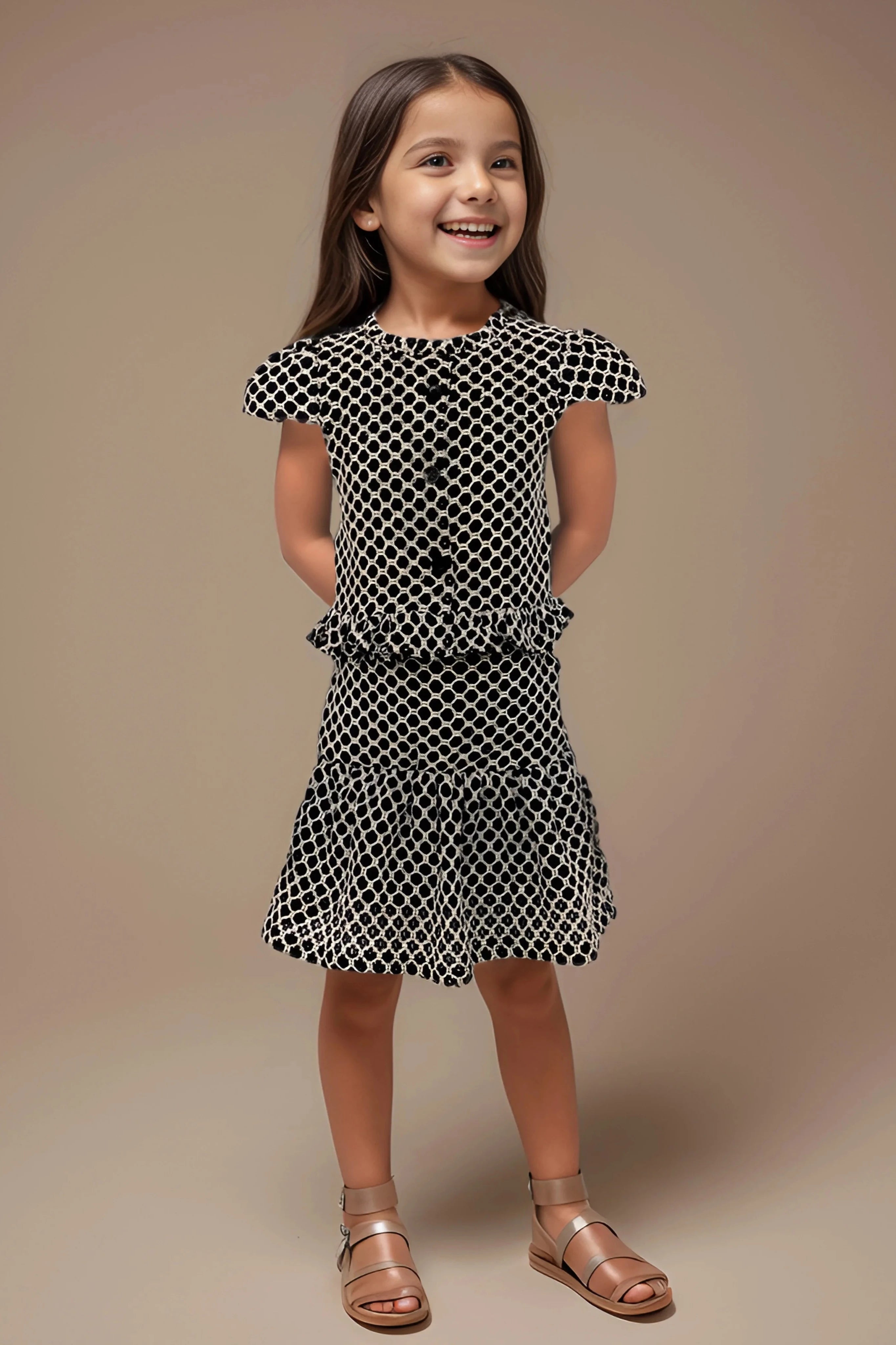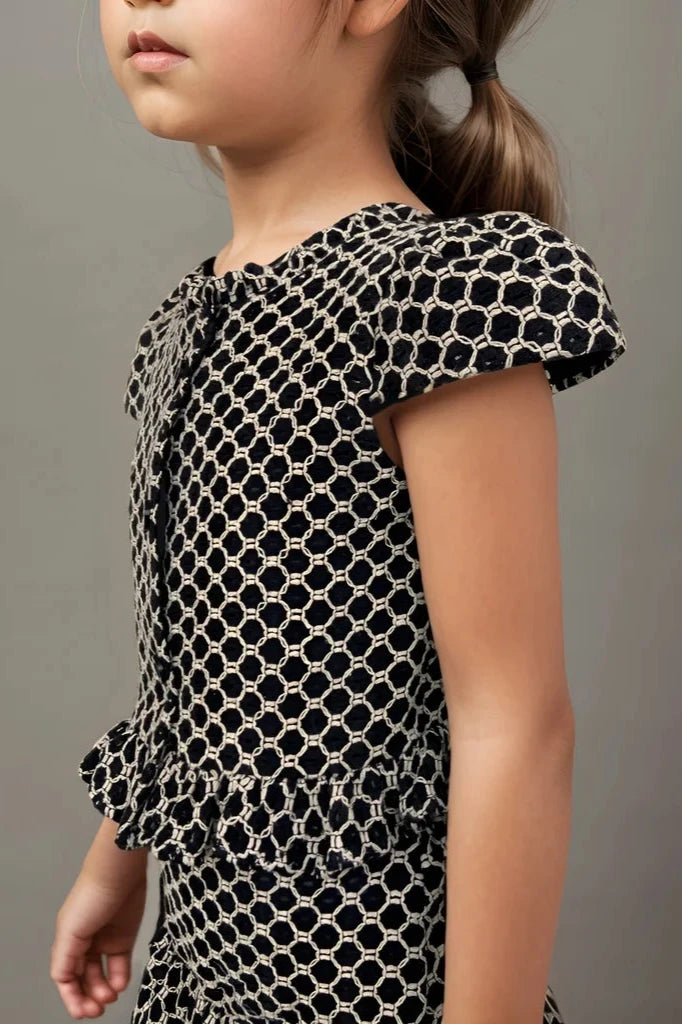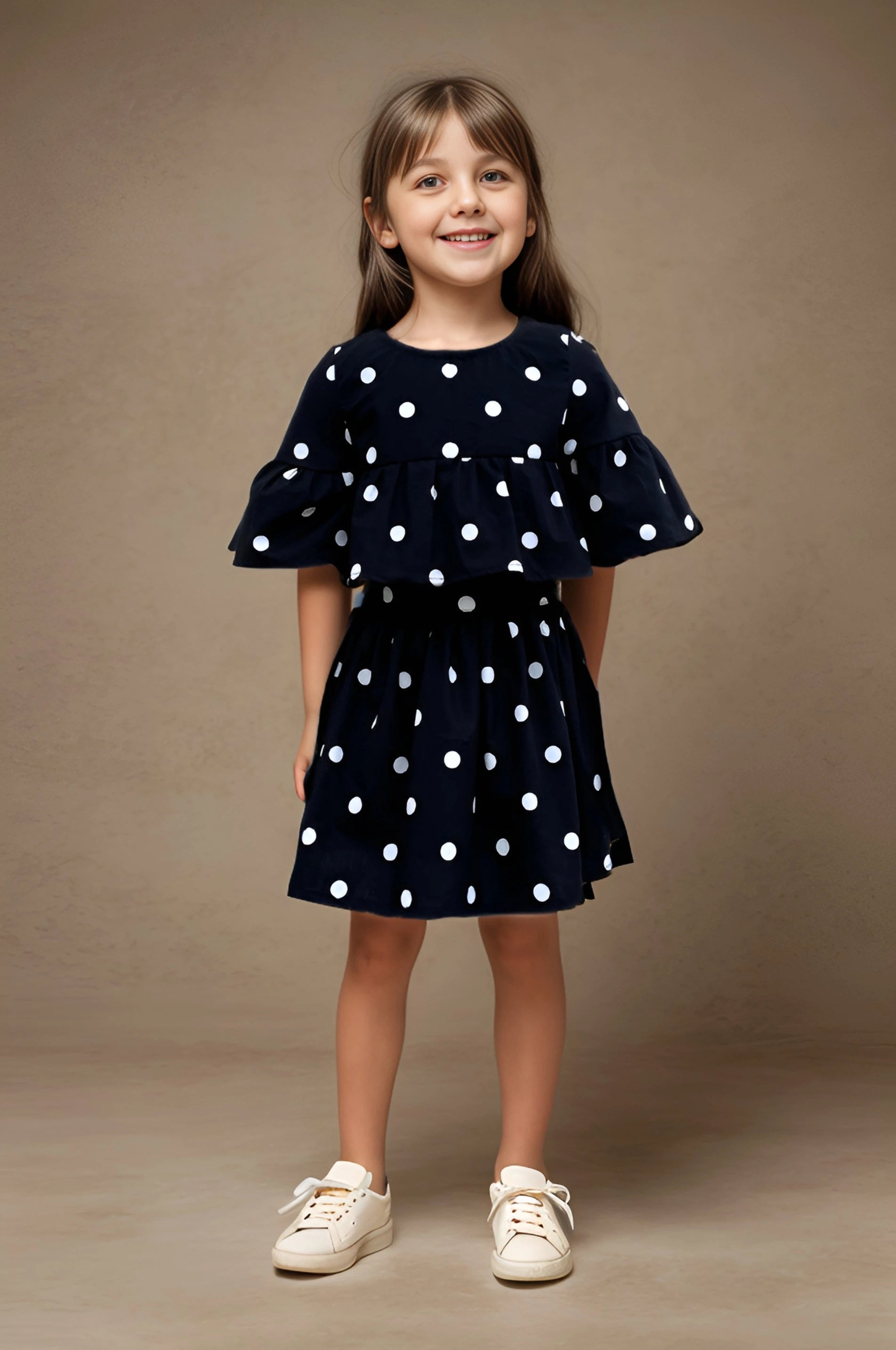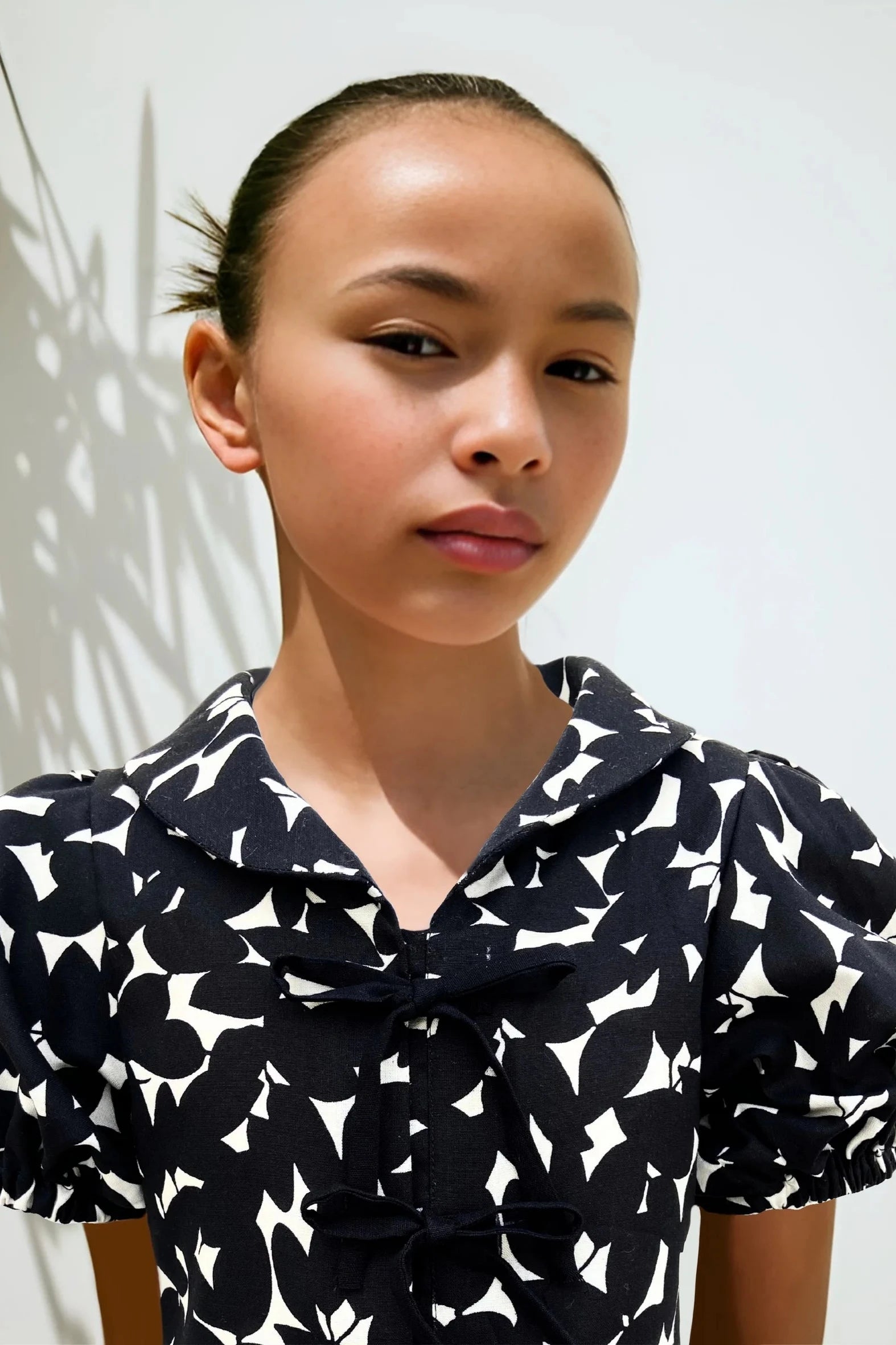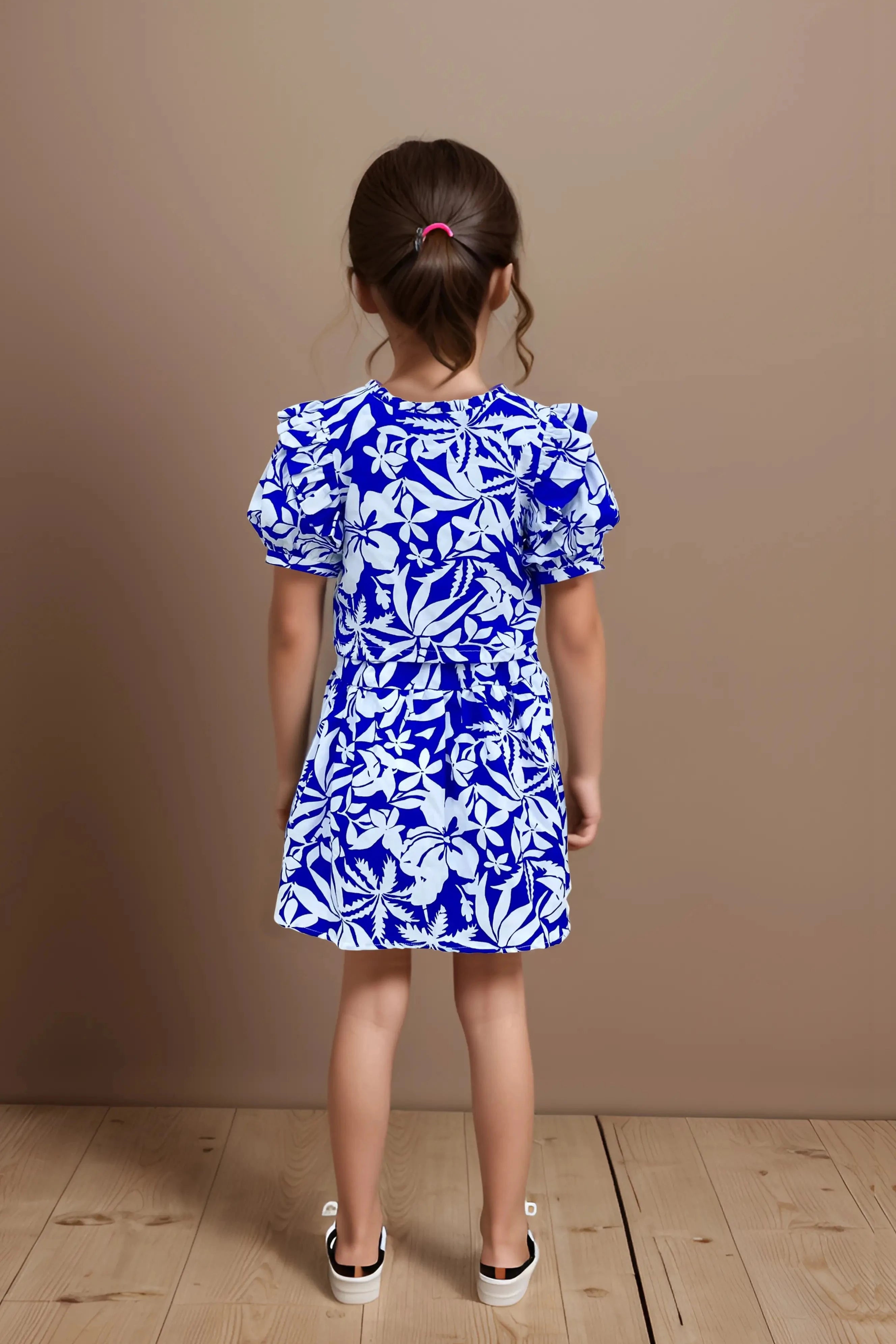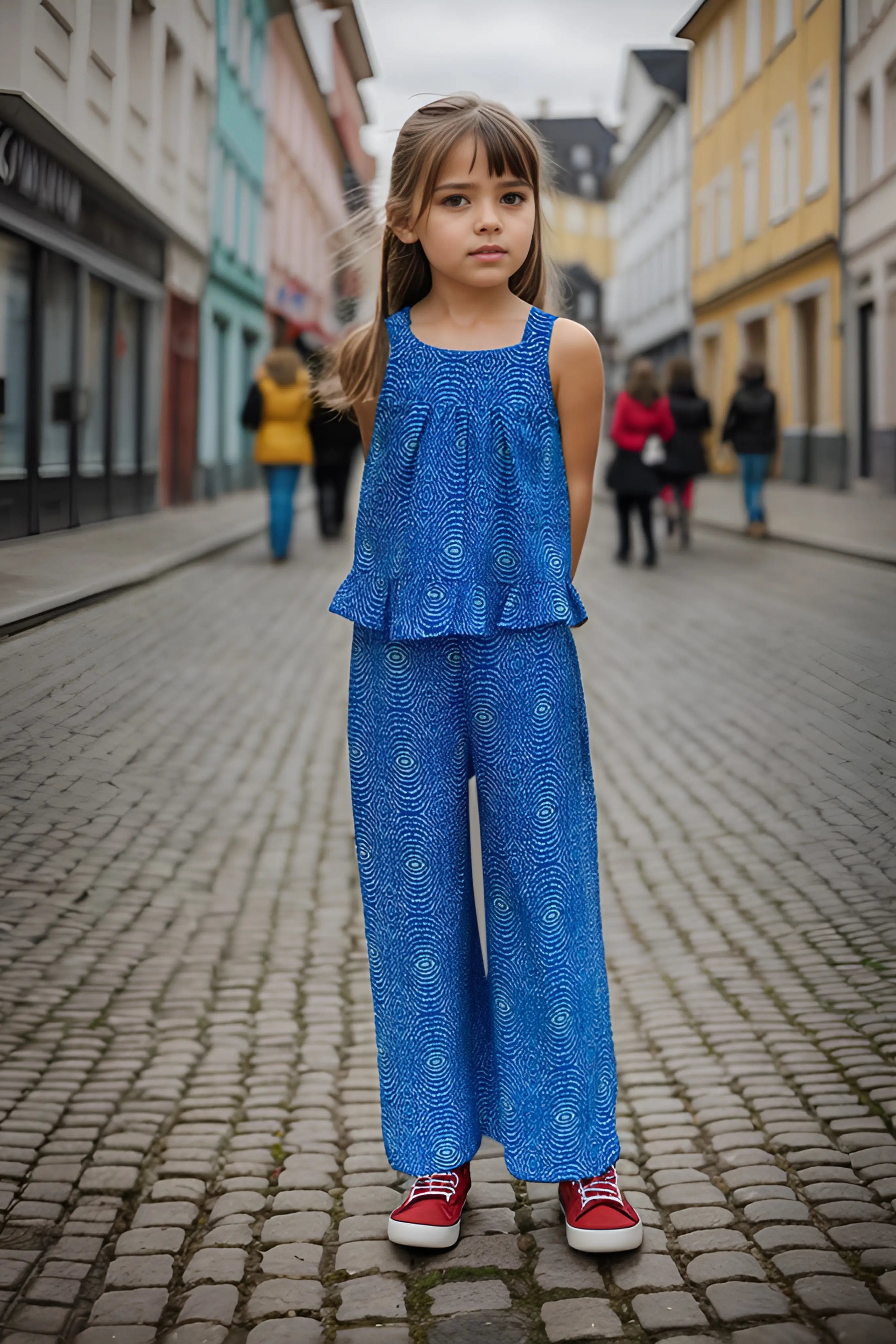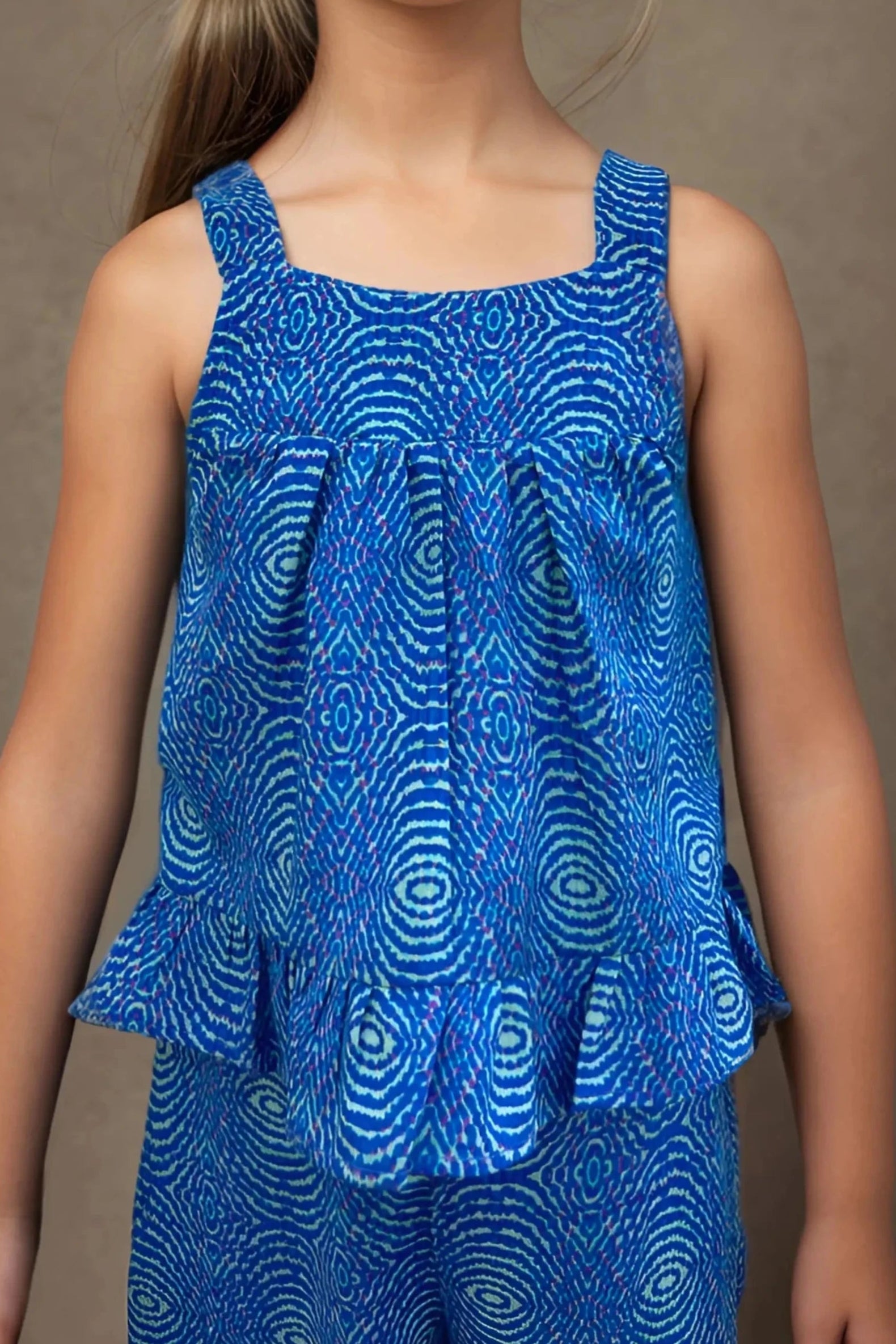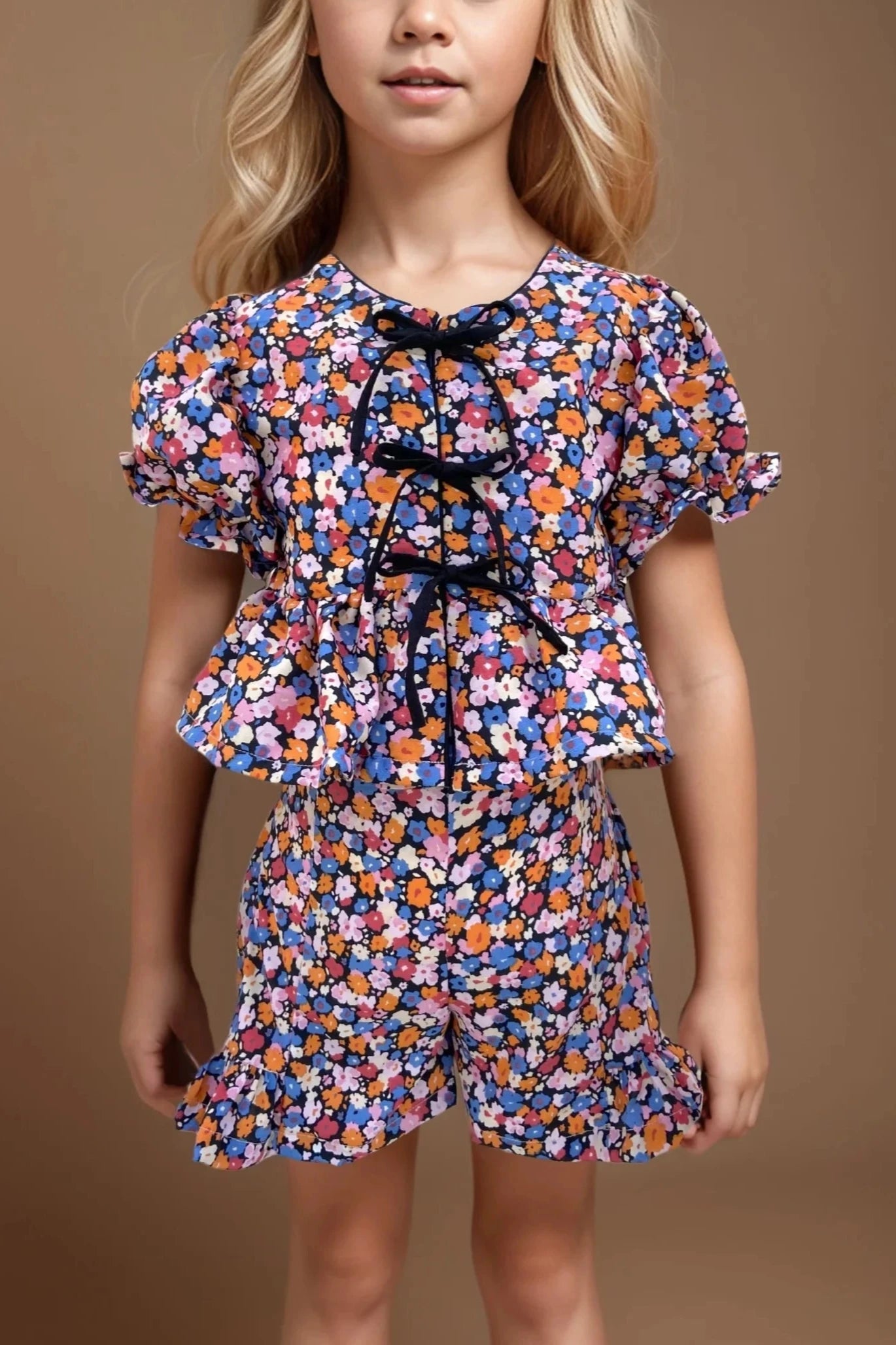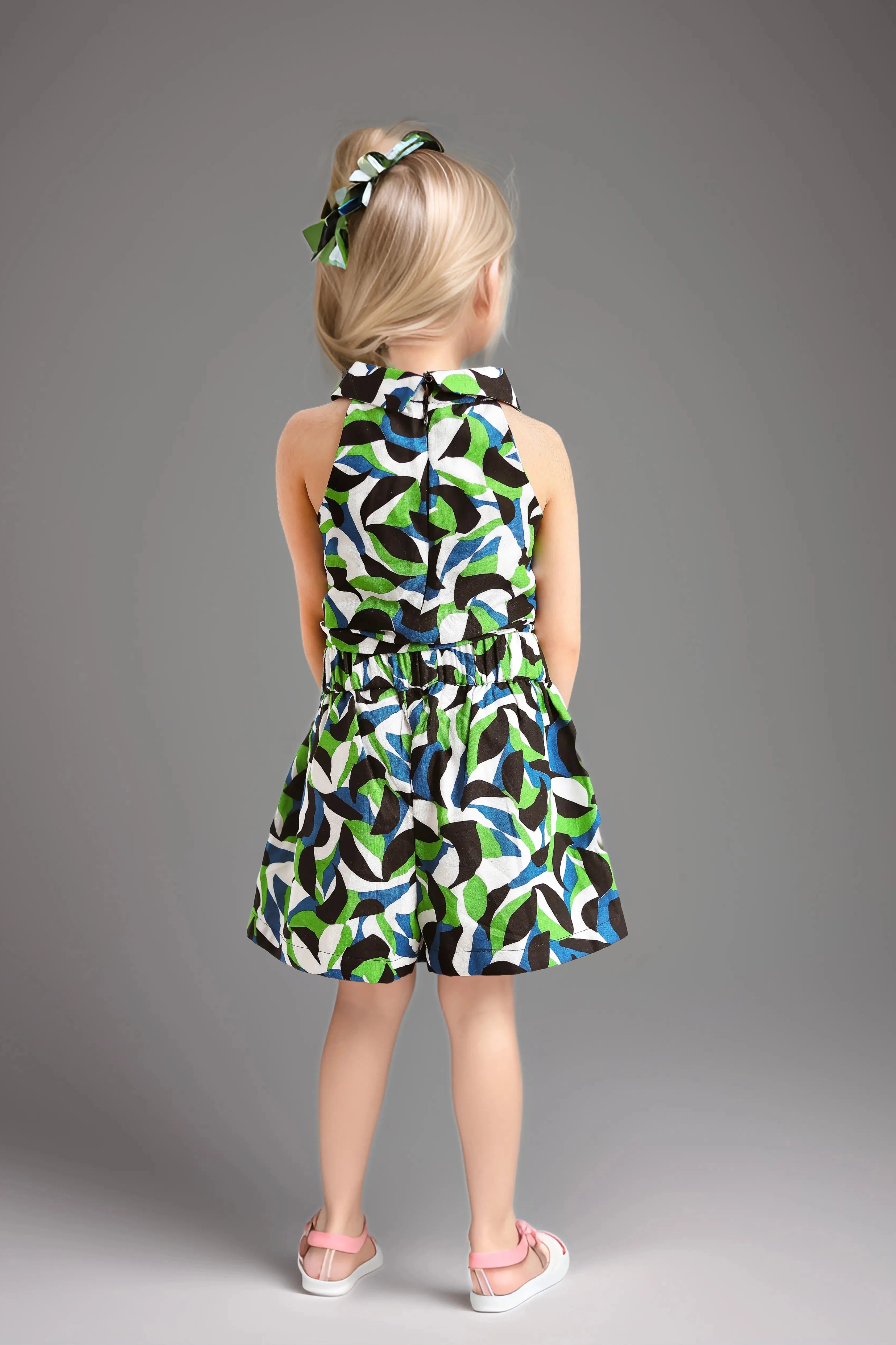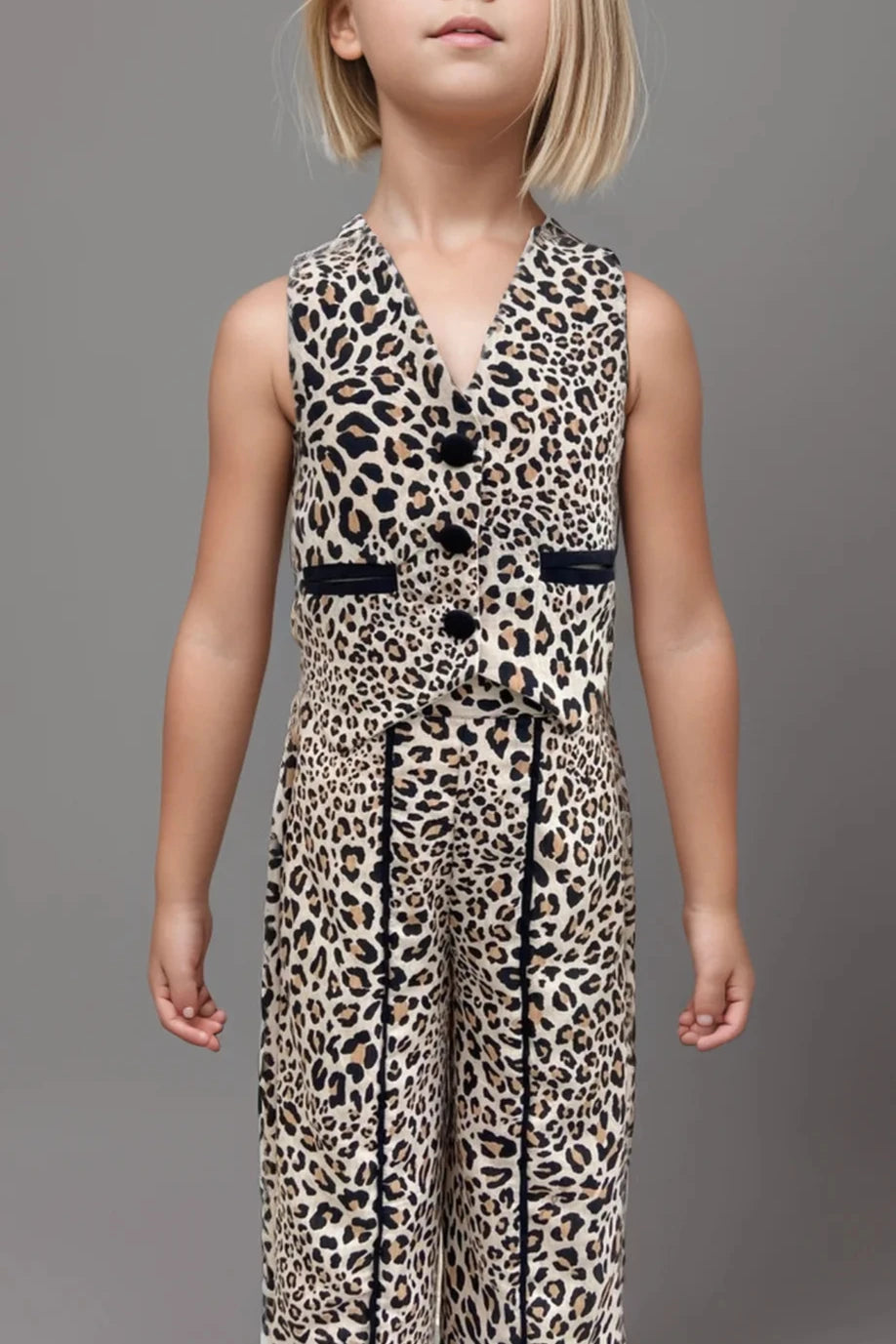The Hormonal Change : Puberty & Coping Tips
Puberty is a transformative journey that each individual embarks upon, marking the transition from childhood to adulthood. While the overarching theme of this period is universal, the paths of male and female puberty diverge in distinctive ways. It is important for parents to have an open conversation with their kids regarding pregnancy. “If we give kids information it is less mysterious, less confusing and less challenging.” says Pediatrician Dr Cara Netterson

In this article, we will explore the nuanced experiences of both genders, unraveling the physical, emotional, and social changes that define male and female adolescence.
Table of Contents
Understanding Male Puberty:
Biological Changes:
- For boys, the onset of puberty is identified by a surge in testosterone, the onset of puberty is identified by a surge in testosterone,
- This hormonal cascade triggers a series of physical transformations, including facial and body hair growth, voice deepening, and an increase in muscle mass.
- The growth spurt that follows is often characterized by an increase in height and the development of broader shoulders, contributing to the establishment of masculine features.
Emotional Changes:
- Male puberty introduces a mix of assertiveness, competitiveness, and a blooming desire for independence.
- Mood swings and occasional irritability are common as hormonal fluctuations influence emotional responses.
Navigating this emotional rollercoaster is part and parcel of the journey toward manhood.
Physical Changes:
- Boys typically undergo a growth spurt later in puberty, reflecting in increased height and the development of broader shoulders.
- These physical changes, coupled with the deepening voice and the emergence of facial hair, signify the transition from adolescence to adulthood.
Understanding Female Puberty
Biological Changes:
- Female puberty is initiated by the rise in estrogen, the primary female sex hormone.
- This hormonal shift leads to breast development, the beginning of menstruation, and changes in body fat distribution.
- Girls undergo a growth spurt earlier than boys, resulting in the development of wider hips and the establishment of adult body proportions.
Emotional Changes:
- The female puberty journey often involves more pronounced fluctuations.
- Mood swings, heightened sensitivity, and an endless series of emotions, influenced by hormonal shifts throughout the menstrual cycle, characterize this phase.
- The onset of menstruation, a pivotal aspect of female puberty, introduces additional emotional considerations.
Physical Changes:
- Girls experience their growth spurt earlier, leading to the development of wider hips and the establishment of adult body proportions.
- This physical transformation signifies the transition to womanhood, accompanied by the complex interplay of hormonal changes that shape the unique female experience of puberty.
Comparing Menstruation and Reproductive Changes:
Male Puberty:
While boys experience changes in sexual organs and functions during puberty, there is no equivalent to menstruation in males. The development of sperm and the ability to father children unfold as part of this stage.
Female Puberty:
Menstruation is a defining aspect of female puberty, marking the beginning of the reproductive phase. The menstrual cycle, a monthly occurrence involving the shedding of the uterine lining if fertilization does not occur, adds a distinct layer to the female experience of adolescence.
How To Deal with It?
1. Open Communication is Key:
Puberty often brings a surge of new emotions and experiences. Encourage an open line of communication between teens and parents. Create a safe space where questions are welcomed, and concerns are met with understanding. Establishing trust will make it easier for teens to discuss their thoughts and feelings. Jessica Castonguay, DO, MPH, an adolescent medicine specialist at Akron Children's Hospital, says “Timely, open communications between a parent and their child is the best way to address questions related to puberty.”
2. Education is Empowerment:
Knowledge is a powerful tool in managing the changes that come with puberty. Both teens and parents can benefit from learning about the physical and emotional transformations that occur. “It can be uncomfortable talking about the changes your child's body is going through. It's important to keep an eye out on your child so you can see when the changes are starting to come. And that you have open lines of communication so you can discuss the acne, the stinky pits, the darkening mustache, the breast buds, so you need to buy a trainer bra or a sports bra.” says Betsy Brown Braun, an author.
3. Embrace Emotional Rollercoasters:
Hormonal changes during puberty can lead to mood swings and emotional rollercoasters. Encourage teens to acknowledge their feelings and express them constructively, recognizing that emotional turbulence is a normal part of the process.
“It's important to have conversations so your child will know what to expect. They'll feel more prepared about the physical and emotional changes that are coming. Starting these conversations early also establishes you as someone that your child can turn to for anything if they know that you'll explain things calmly, truthfully and without judgment and are more likely to approach you when they have questions in the future” says Jason Kreidman, the founder of dad University.
4. Self-Care Rituals:
Developing healthy self-care habits is crucial during puberty. Encourage teens to prioritize proper hygiene, a balanced diet, and regular exercise. These practices contribute not only to physical well-being but also to a positive self-image. “Incorporate puberty-related discussions into everyday activities, such as bathing or shopping for clothes, to make these talks feel more natural and approachable” says Jason Kreidman.
5. Encourage Peer Support:
Teens often find solace in knowing that they are not alone in their experiences. Encourage them to connect with friends who may be going through similar changes. Positive peer relationships provide a sense of comfort and support. “Most young teens prefer popularity. One close friend is enough to get through puberty with resilience.” says Dr. Sarb Johal, author.
Social and Cultural Influences:
Social expectations and cultural norms significantly impact the experience of puberty for both genders. Attitudes towards body image, gender roles, and societal expectations may shape an individual's perception of themselves during this transformative period. Creating an environment that fosters acceptance and understanding is crucial to navigating the challenges associated with puberty.
Puberty is a universal rite of passage, the paths of male and female adolescence are uniquely defined by biological, emotional, and societal factors. Acknowledging and respecting these differences is essential in creating a supportive and inclusive environment for adolescents. Embracing open communication, education, and a positive approach to body image ensures that everyone can navigate puberty with confidence and resilience, celebrating the diverse and transformative journey into adulthood.






